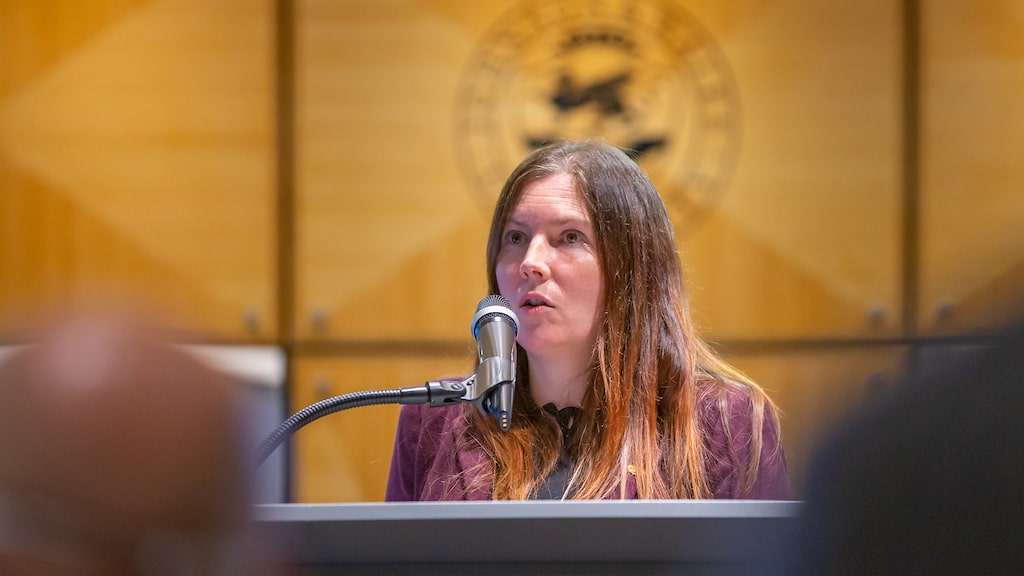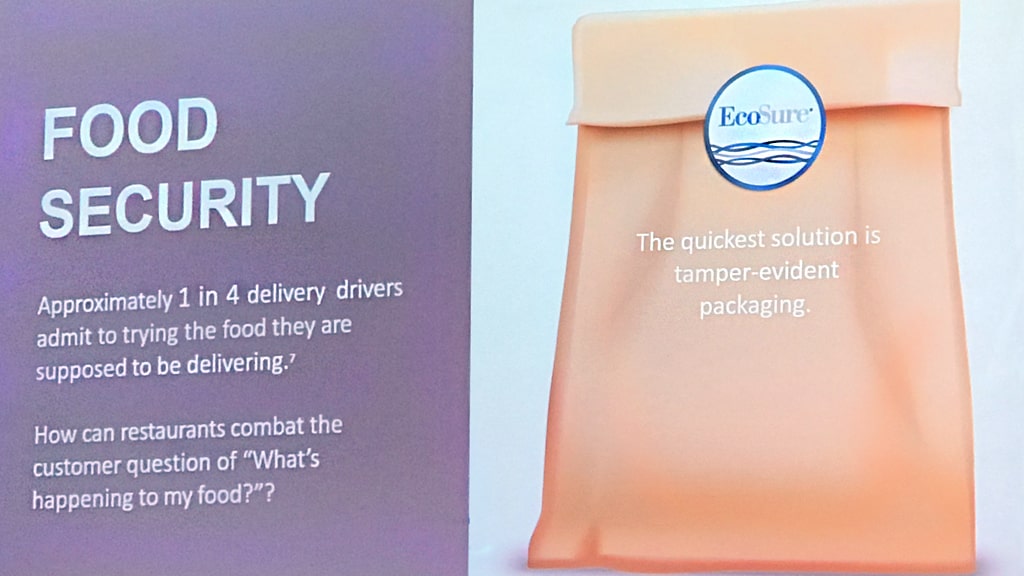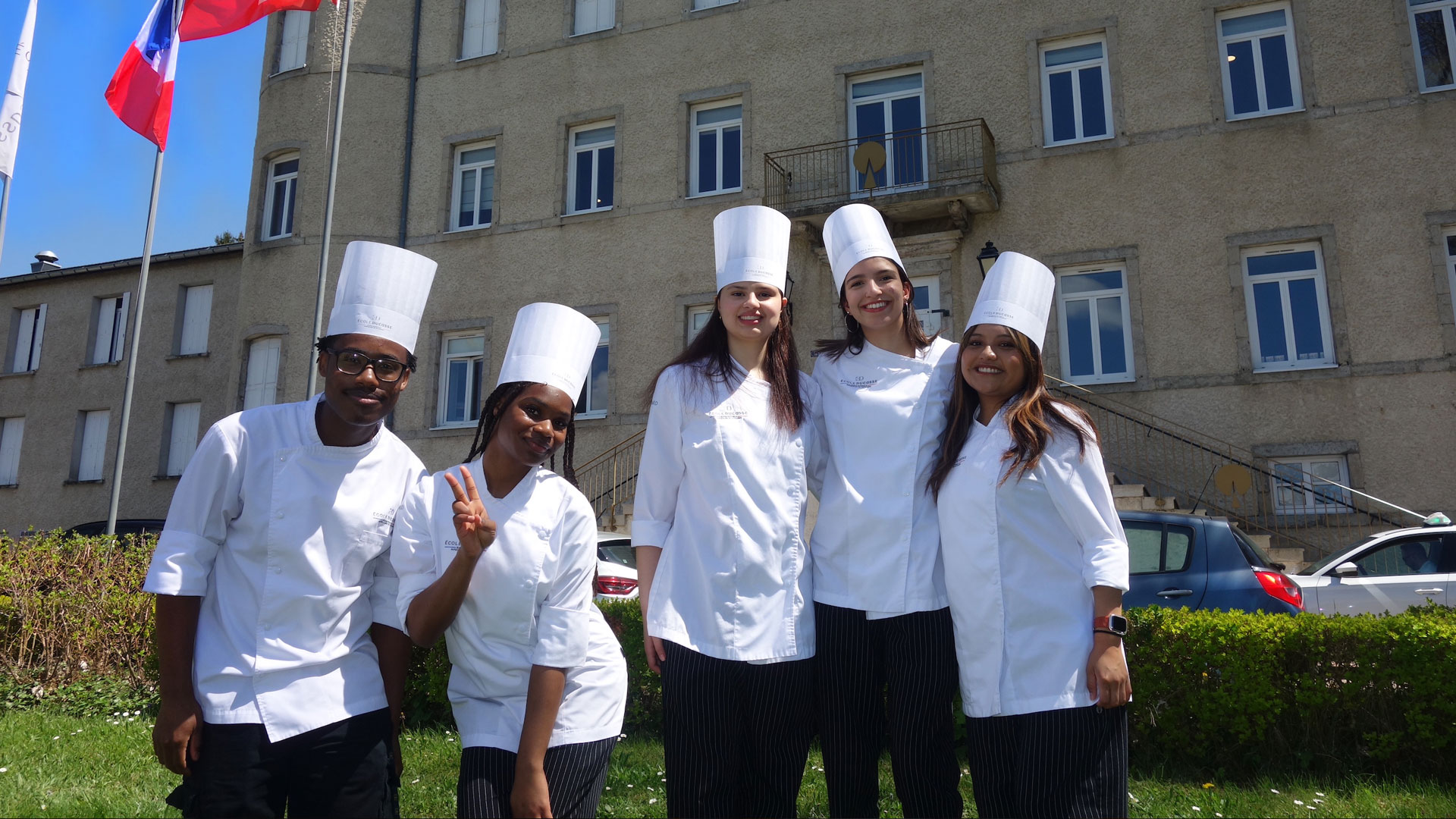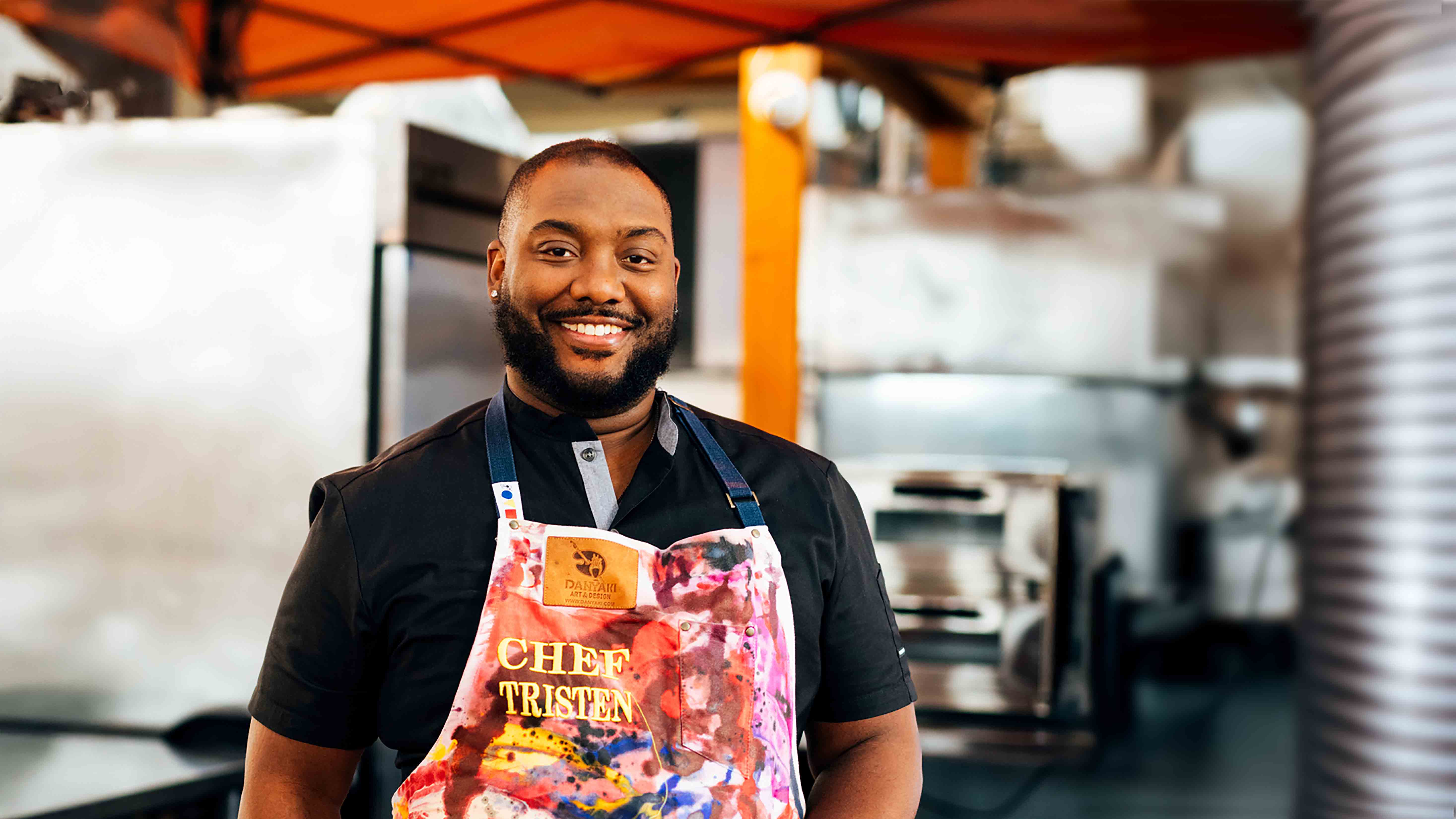From Ghost Kitchens to Automation: Food Safety Trends with Ecolab’s Elaine Black
Ecolab’s reach encompasses a global swath of the culinary and hospitality industry, with nearly 3 million customer locations, 16 global technology centers, 90+ manufacturing facilities, and 10,000-plus patents. That means that the data they collect gives them an incredibly rich snapshot of the industry at a time when the pandemic continues to disrupt how the sector does business.
Ecolab Director of Food Safety and Public Health Elaine Black, who also serves as JWU’s first Ecolab Executive-in-Residence, recently shared her food safety expertise at the College of Food Innovation & Technology: “Everybody’s hurting right now to get people in their door to do the jobs that need to be done. … And we have to make sure that food safety is top of mind as we continue to do more with less.”
Labor is the #1 concern facing Ecolab’s customer base, which includes restaurant operators, hotel chains, commercial buildings and military facilities. By Black’s estimation, staffing levels have been reduced by 20% (roughly 1.1 million jobs) from a year ago, and 25% of furloughed restaurant workers do not plan to return to the industry.
At the same time, the pandemic has put cleanliness at top of mind for restaurant customers — 7 in 10 people say they are more aware of hygiene and sanitation, while 85% consider visible cleaning critically important. (25% of customers put cleaning and sanitation at the top of their list when choosing a restaurant.) This increases the pressure on restaurant workers, many of whom are insufficiently trained and overworked due to staffing shortages.
Black’s focus, however, was on illuminating trends that are having a major impact on the industry from a food safety perspective. JWU’s Executive Director of Food Safety Bridget Sweet also chimed in as needed; they had just returned from an illuminating food safety conference in Nashville and were fired up to share their findings.
“We have to make sure that food safety is top of mind as we continue to do more with less.”
Top Trends in the Post-Pandemic Dining Landscape
1. “Gamifying” Food Training
While traditional food safety culture has been linear and more procedure-based, the pandemic has forced a shift; now companies are focusing more on behavioral science and organizational culture, which emphasizes the proactive role people play in preventing infections. This is a more holistic, systems-based approach that relies less on products and tools (although those are still important).
Training modules are commonly designed to “gamify” lesson plans around cleaning, sanitizer testing, COVID-19 guidance and equipment-cleaning procedures. As Black explains, “It’s really important to have frequent reinforcement … we talk about it as being beyond the certification. So we have these short bursts of engaging training that fit into busy schedules and kind of stick in your brain.”
2. Off-Premise Dining Is Here to Stay
Off-premise dining, digital ordering and delivery has seen massive growth during the pandemic. Digital ordering is expected to grow into a $467 billion dollar business by 2025 (a 31% increase). In addition:
- 69% order monthly or more frequently
- 60% use digital orders to replace home cooking; 40% use it to replace on-site options
- By 2030, ghost kitchens — which operate on a delivery-only basis with no storefront — are expected to hold 50% market share of the drive-through and takeaway food service markets, respectively
The biggest challenge with off-site dining is how to keep the food secure and free from spoilage or contamination on route to its destination. Whether food is for pickup or delivery, “there’s just such a complicated chain of custody before this piece of food gets to [the] end user,” Black explained.
The convenience of third-party delivery services comes at a high cost to restaurants: In addition to the high fees these services charge, 82% of customers blame the restaurant, not the delivery service, if the food quality is not up to their standards. And when that happens, Black added, restaurants “increase [their] risk. Getting a bad review and a one-star drop on Yelp ... can decrease your revenue by up to 9%. That’s pretty dramatic.”
“Gen Z cares about what they’re buying and where their money’s going, and they care about which businesses they support.”
3. Socially Responsible Spending
“Gen Z is the fastest growing consumer segment, with over a quarter of global income by 2030,” Black noted. “They care about what they’re buying and where their money’s going, and they care about which businesses they support.”
- 30% of consumers identify as planet- or society-first in their spending (over affordability or health)*
- 80% of customers say sustainability is an important factor in deciding food to purchase from stores or restaurants**
- 72% of Gen Z or millennials say they’re willing to spend more on sustainably-produced goods**
Operators are tracking this trend and responding in kind. “There’s a lot going on with reusables and exchangeables,” Black explained. Some developing programs include:
- Marriott has piloted a SMARTPOWER™ program to reduce water and energy use; they also introduced more compact packaging to reduce plastic waste by 96%.
- Panera introduced the Cool Food Meal to denote low-carbon footprint choices
- A new company called Loop collects, washes, sterilizes and returns wares to the point of origin
Black noted that we can expect to see more and more automation: “Bridget [Sweet] and I talked this morning about robots frying chicken wings. It’s coming, which is a little bit scary, but that’s kind of where folks are moving when they just can’t get people in to work for them. So more automation, more digital as I look to the future, that’s my crystal ball. It’s probably yours too.”
RELATED READING
Safety First: Tour JWU Providence’s Updated Culinary Labs
*EY FUTURE CONSUMER INDEX / **GREENMATCH





